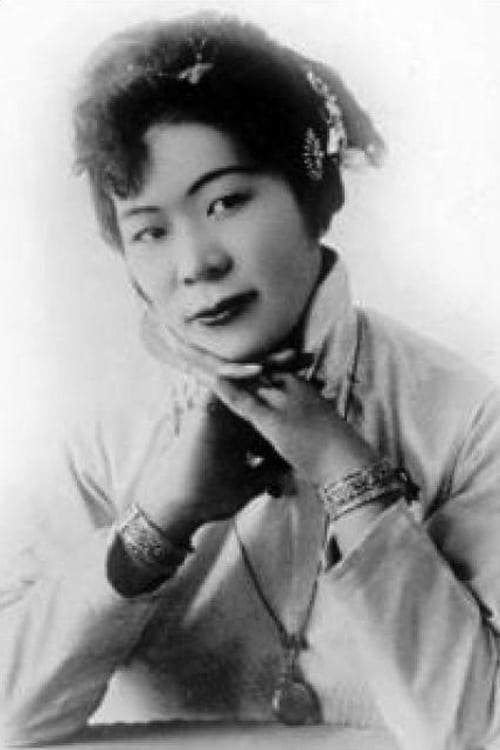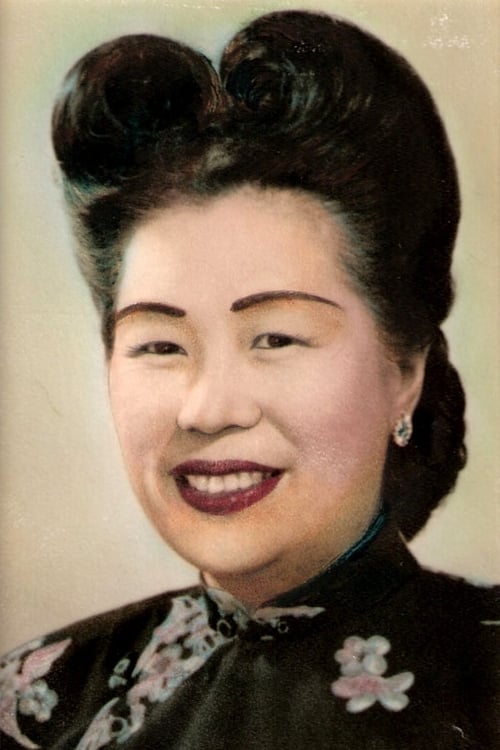Marion E. Wong
Рождение : 1895-01-02, San Francisco, California, USA
Смерть : 1969-02-04
История
From Wikipedia, the free encyclopedia
Marion E. Wong (January 2, 1895 – February 4, 1969) was a Chinese American company director, costume designer, director, actress, producer, music performer and screenwriter.
Marion Evelyn Wong was born in San Francisco but was raised in Oakland, California. In 1911, Wong traveled to China to meet her future husband. Her two brothers, who were looking for wives, accompanied her. One of her brothers died in China due to smallpox. The other brother, Albert Wong, married Violet, who was the sister-in-law to Marion. Wong returned home without a husband because she refused to marry him. She was a student at the University of California for some time.
In 1916, at the age of 21, she established the Mandarin Film Company. Her uncle, Ben Lim, described in a 1916 newspaper article as a "wealthy Chinese merchant and landowner", provided the funding. Her trip to China also served as inspiration for The Curse of Quon Gwon: When the Far East Mingles with the West, Marion's first film in the Mandarin Film Company. The film was regarded as the first Chinese-American feature film. The film was also written, produced, and directed by Wong, who also designed the costumes and sceneries. Marion also cast herself as one of the characters in the film. An article in the July 17, 1917 issue of The Moving Picture World said that the film "deals with the curse of a Chinese god that follows his people because of the influence of western civilation." It is also about Chinese assimilation into American society.
The Curse of Quon Gwon only had two screenings after its completion. A rough cut of the film was viewed in 1916 at the Kinema Theater and a formal premier of the film was shown in 1917 but the film did not receive commercial distribution. Seen as a financial failure, Wong asked her family to never speak of the film again. Her uncle Lim at this time also declared bankruptcy, for he did not see any possibility of return of his investment. Wong's company did not produce any other films after the flop of The Curse of Quon Gwon.
In 1917, Wong married Kim Seung Hong. He was the first Chinese student to graduate from the University of California – Berkeley and was the first Chinese electrical engineer in the country. After Kim and Wong got married, Wong founded the Singapor Hut restaurant in Richmond, California in 1919. The restaurant soon became popular for its musical cabarets. Wong performed everything from traditional Chinese operas to popular music at The Singapor Hut. During this time, Wong also toured in vaudeville as a singer and musician. She died in 1969.
Her The Curse of Quon Gwon came into the spotlight when two of its reels were found in an Oakland basement. Only two reels of the eight-reel film survive, and they do not explain the characters or plot.
Since its last screening in 1917, Wong's film was screened only twice over the following ninety years. It was shown once in 1948 at a public screening in Berkeley, California and once in 1974 at a screening for over seventy family members.
In 2006, The Curse of Quon Gwon was successfully added to the National Film Registry and cataloged with the Library of Congress.



